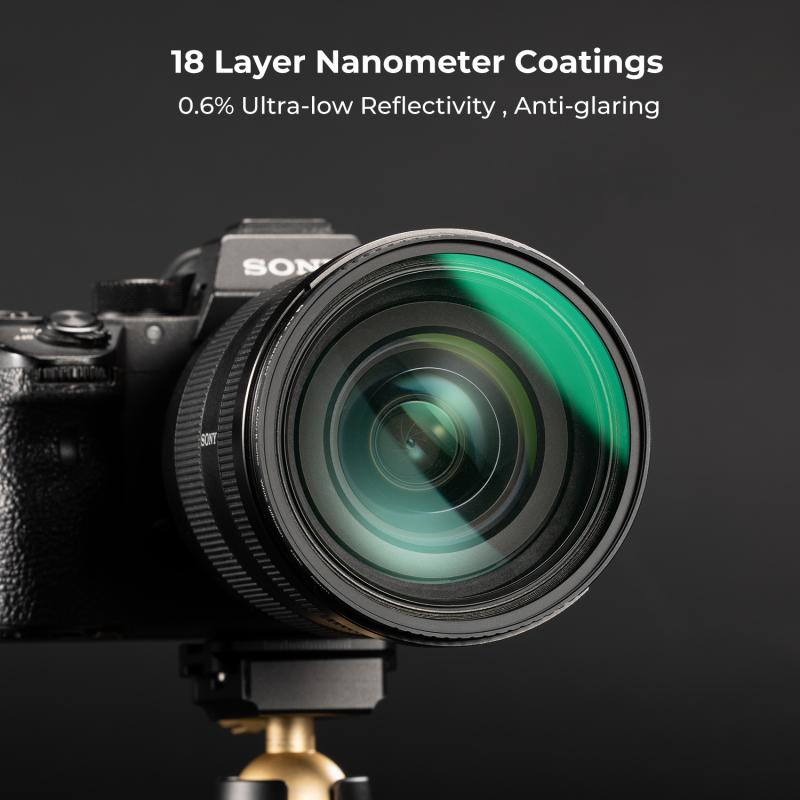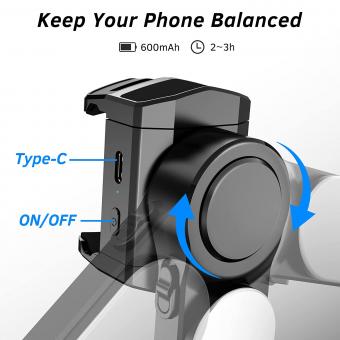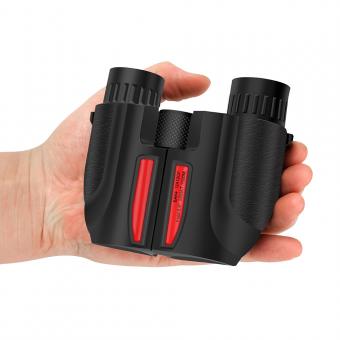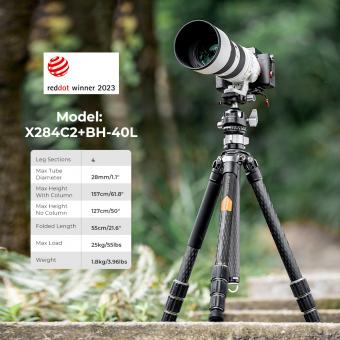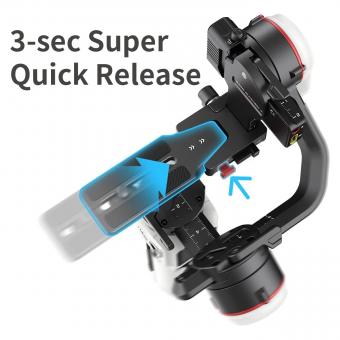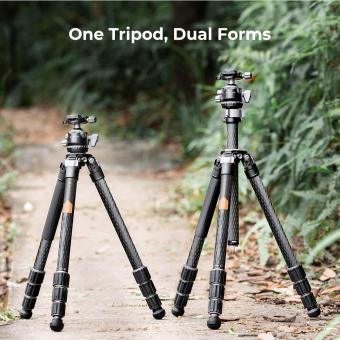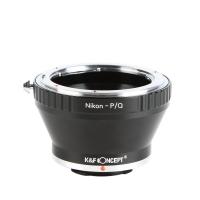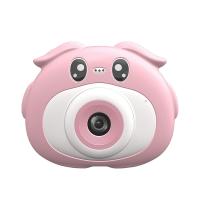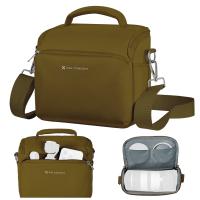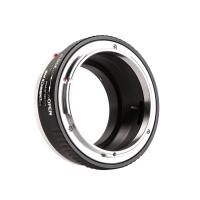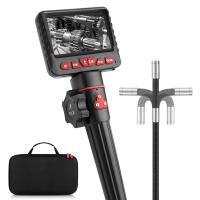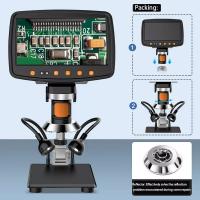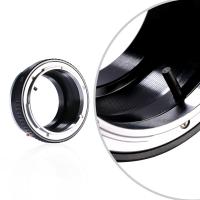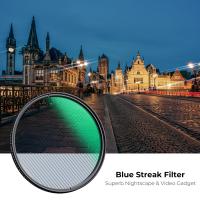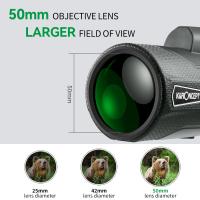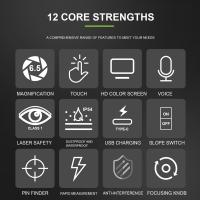What Is A Gimbal In Photography ?
A gimbal in photography is a device used to stabilize a camera or other imaging equipment. It consists of a pivoted support that allows the camera to rotate on multiple axes while maintaining stability. This helps to eliminate unwanted camera movements and vibrations, resulting in smoother and more professional-looking footage or images. Gimbals are commonly used in various applications, including filmmaking, videography, and aerial photography, where stability and smoothness of motion are crucial. They are often used with drones, handheld camera rigs, or motorized stabilizers to achieve steady shots even in challenging environments or during dynamic movements.
1、 Definition and Function of a Gimbal in Photography
A gimbal in photography is a device that helps stabilize a camera or other imaging equipment to capture smooth and steady footage. It consists of three axes of rotation that allow the camera to remain level and balanced, regardless of the movement of the operator. The primary function of a gimbal is to eliminate unwanted camera shake and vibrations, resulting in professional-looking, high-quality images and videos.
The three axes of rotation in a gimbal are the pitch, roll, and yaw. The pitch axis controls the up and down movement of the camera, the roll axis controls the side-to-side movement, and the yaw axis controls the left and right movement. By using motors and sensors, the gimbal detects and counteracts any movement or vibration, ensuring that the camera remains stable and level.
Gimbals have become increasingly popular in photography and videography due to their ability to create smooth and cinematic shots. They are commonly used in various applications, including filmmaking, sports photography, travel vlogging, and even aerial photography with drones. With a gimbal, photographers and videographers can capture dynamic shots while walking, running, or even in moving vehicles, without compromising the stability and quality of the footage.
In recent years, gimbals have evolved to become more compact, lightweight, and user-friendly. Many gimbals now offer additional features such as follow focus, time-lapse modes, and smartphone compatibility. These advancements have made gimbals more accessible to a wider range of photographers and content creators.
In conclusion, a gimbal in photography is a versatile tool that provides stability and smoothness to camera movements. It allows photographers and videographers to capture professional-looking footage by eliminating unwanted camera shake and vibrations. With the continuous advancements in technology, gimbals have become an essential accessory for many photographers, enabling them to push the boundaries of their creativity and deliver stunning visual content.
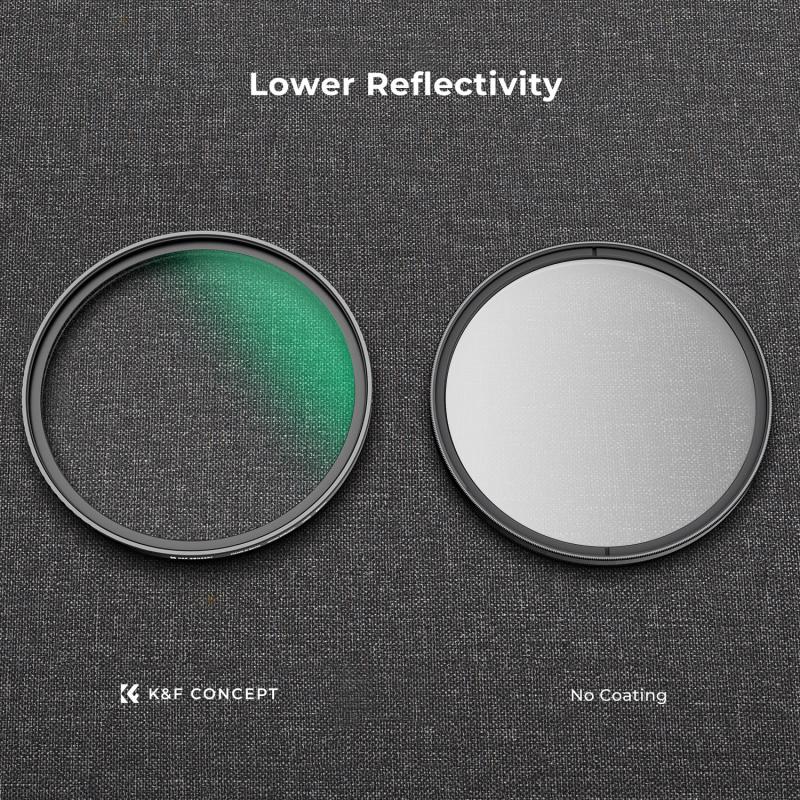
2、 Types of Gimbals Used in Photography Equipment
A gimbal in photography is a device used to stabilize a camera or other imaging equipment. It consists of a pivoted support that allows the camera to rotate on multiple axes while maintaining stability. This helps to eliminate unwanted camera movements such as shaking or vibrations, resulting in smoother and more professional-looking footage or images.
Gimbals are commonly used in various photography and videography applications, including filmmaking, sports photography, and aerial photography. They are particularly useful in situations where the camera needs to be moved quickly or in unstable environments. For example, gimbals are often used in action sports photography to capture fast-paced movements without sacrificing image quality.
There are several types of gimbals used in photography equipment, each with its own advantages and applications. The most common type is the handheld gimbal, which is held by the photographer and provides stabilization while allowing for easy movement. Another type is the motorized gimbal, which uses motors and sensors to automatically stabilize the camera. This type is often used in drones or other remote-controlled devices.
In recent years, there has been a rise in the popularity of smartphone gimbals. These compact and portable gimbals are specifically designed to stabilize smartphone cameras, allowing users to capture smooth and professional-looking videos using their mobile devices. With the increasing quality of smartphone cameras, smartphone gimbals have become a popular tool for content creators and social media influencers.
Overall, gimbals play a crucial role in modern photography equipment by providing stability and smoothness to camera movements. They have revolutionized the way photographers and videographers capture images and footage, allowing for more creative and professional results.
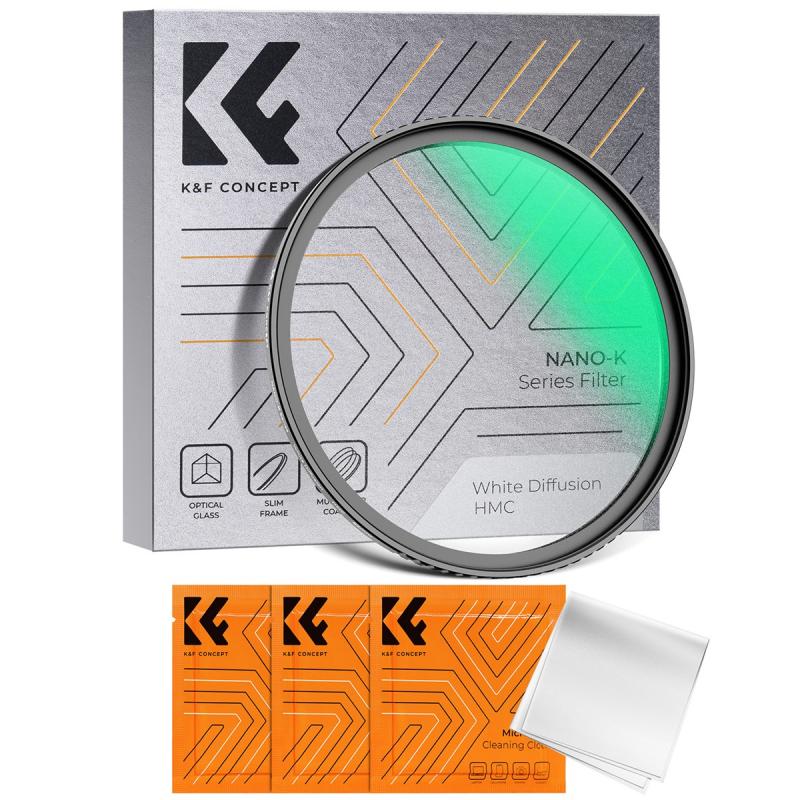
3、 Advantages of Using a Gimbal for Photography
A gimbal in photography is a device that helps stabilize the camera and reduce unwanted movements or vibrations during shooting. It consists of a pivoted support that allows the camera to rotate on its axis, providing smooth and steady footage or images. Gimbals are commonly used in various types of photography, including videography, sports photography, and wildlife photography.
The advantages of using a gimbal for photography are numerous. Firstly, it helps eliminate shaky footage or blurry images, resulting in professional-looking and high-quality shots. This is particularly beneficial when shooting in challenging conditions such as low light or fast-moving subjects.
Secondly, gimbals allow photographers to capture smooth and fluid motion shots. Whether it's panning across a landscape or following a subject in motion, gimbals provide stability and precision, enhancing the overall visual experience for the viewer.
Furthermore, gimbals offer versatility and flexibility in capturing shots from different angles and perspectives. They enable photographers to experiment with creative compositions and unique camera movements, adding depth and interest to their work.
In addition, gimbals are lightweight and portable, making them ideal for on-the-go photography. They are designed to be easily handheld or mounted on various equipment such as tripods or drones, allowing photographers to capture steady shots in any location or situation.
Lastly, with advancements in technology, gimbals now come with advanced features such as auto-tracking, time-lapse, and remote control capabilities. These features enhance the photographer's control and creativity, enabling them to capture stunning and dynamic shots.
In conclusion, using a gimbal in photography offers significant advantages in terms of stability, smoothness, versatility, and creative possibilities. It is an essential tool for photographers looking to elevate their work and deliver professional-quality results.

4、 Techniques for Properly Using a Gimbal in Photography
A gimbal in photography is a device that helps stabilize a camera or other imaging equipment to capture smooth and steady footage. It consists of three axes of rotation that allow the camera to remain level and balanced, regardless of the movement of the person holding it. This technology has revolutionized the way photographers and videographers capture dynamic shots, especially in fast-paced or action-packed environments.
Using a gimbal in photography requires some techniques to ensure optimal results. Firstly, it is important to properly balance the camera on the gimbal to avoid any unnecessary strain on the motors. This involves adjusting the position of the camera and lens until it is perfectly centered and stable.
Another technique is to practice smooth and controlled movements while operating the gimbal. This helps to eliminate any jerky or shaky footage and ensures that the camera movements appear natural and fluid. It is also crucial to maintain a proper grip on the gimbal and avoid sudden movements or tilts that could disrupt the stability.
Furthermore, understanding the different modes and settings of the gimbal is essential for capturing specific types of shots. Many gimbals offer various modes such as follow mode, lock mode, or pan mode, each designed to cater to different shooting scenarios. Familiarizing oneself with these modes and experimenting with them can greatly enhance the creative possibilities.
Lastly, keeping up with the latest advancements in gimbal technology is important. Manufacturers are constantly improving their products, introducing features like object tracking, time-lapse capabilities, and even smartphone integration. Staying informed about these developments can help photographers and videographers take full advantage of the latest features and functionalities.
In conclusion, a gimbal in photography is a valuable tool for achieving smooth and stable footage. By mastering the techniques of balancing, controlling movements, understanding different modes, and staying updated with the latest advancements, photographers can unlock the full potential of this technology and capture stunning visuals.
